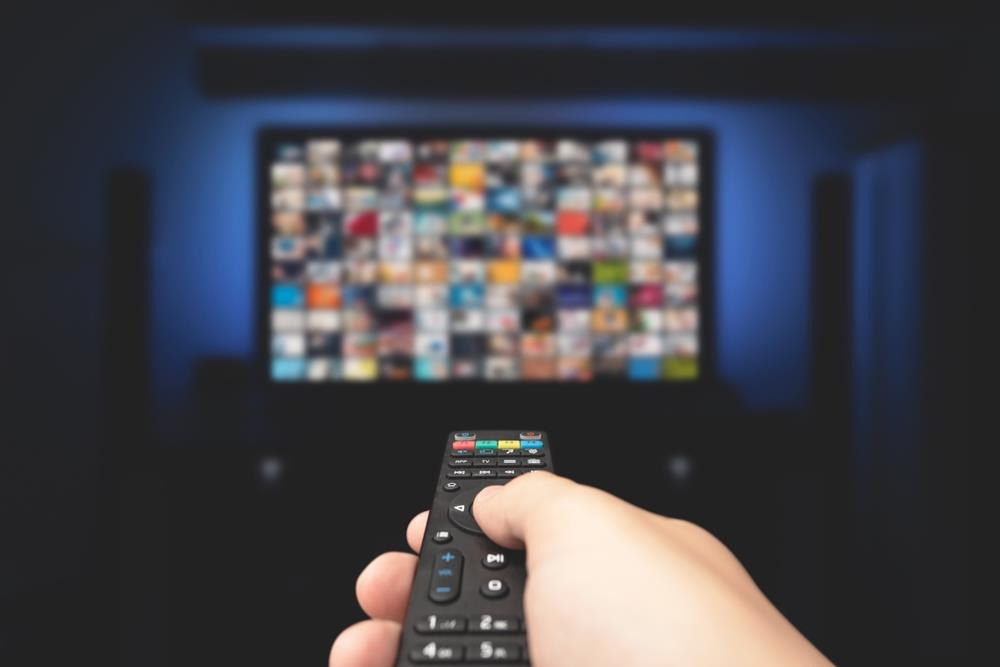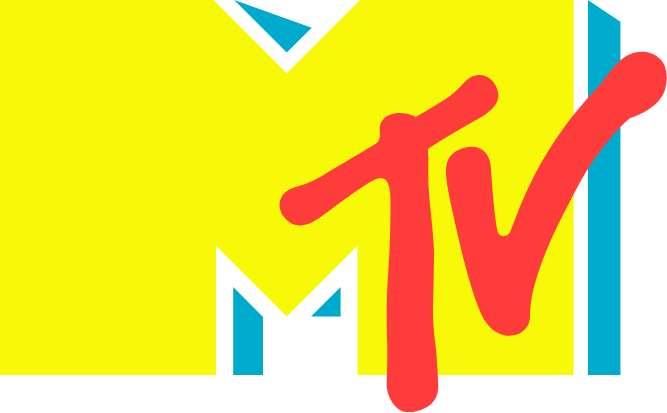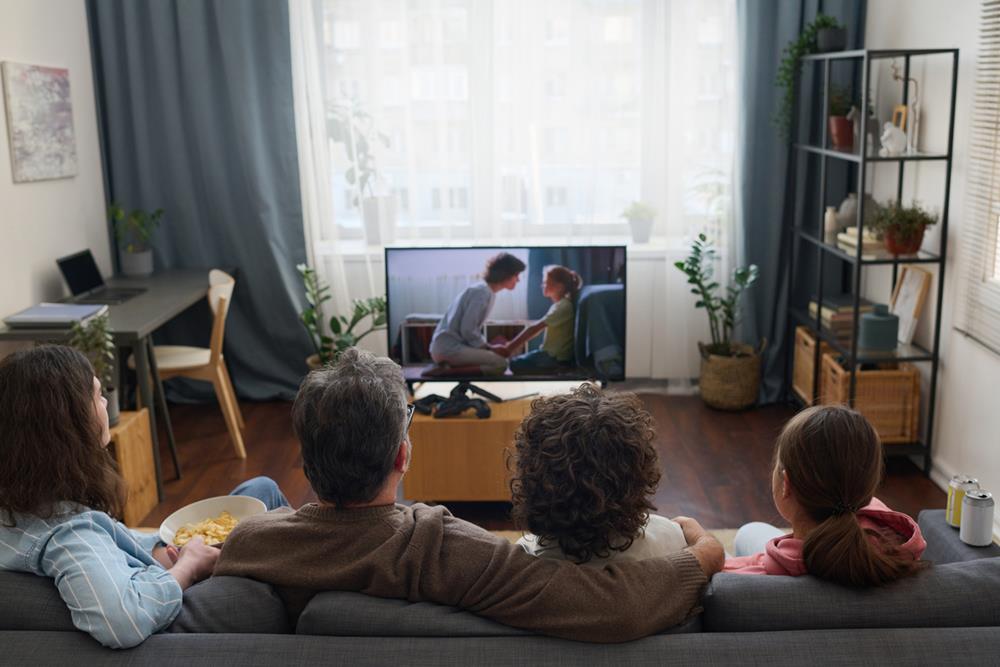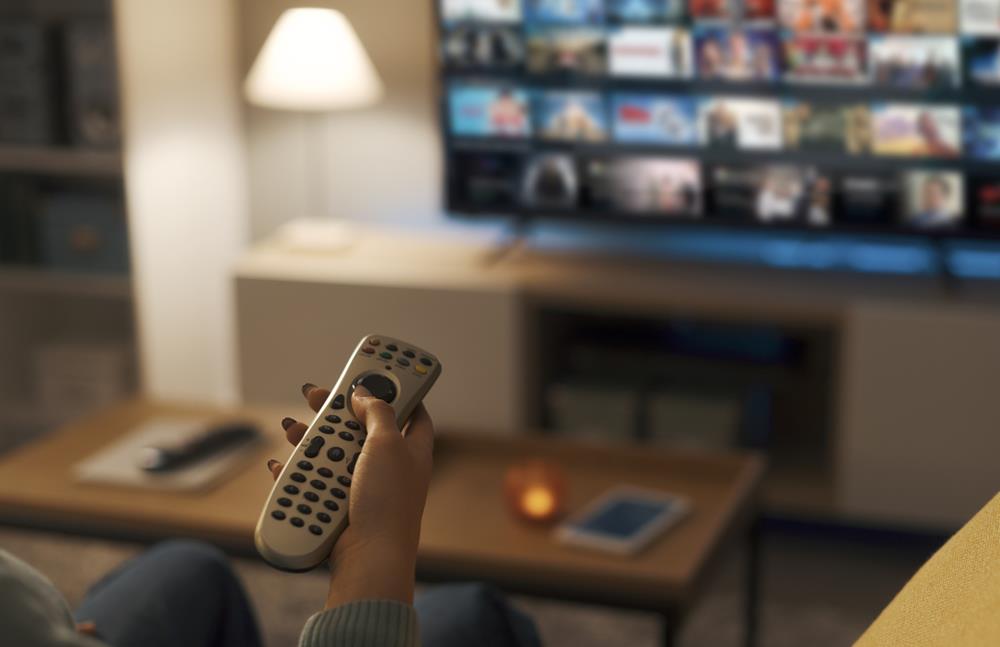The 2000s were a special time when culture and technology were changing fast. One important part of this change was television. TV shows had a big impact on what was popular and talked about during this time. From the clothes people wore to the music they listened to, a lot of trends started on TV screens.
In this article, we’re going to look at how television in the 2000s shaped the things we liked and the way we saw the world. Whether it was watching a reality show, laughing at a sitcom, or getting hooked on a drama series, TV was at the heart of it all. Let’s dive into the story of how television left its mark on the culture of the 2000s.
The Rise of Reality TV
As the 2000s began, television found itself at the forefront of a major shift. Reality TV, a genre that had existed in various forms, suddenly became the centerpiece of prime-time programming. This shift wasn’t just about new shows appearing on TV; it was about a whole new way of engaging audiences.
Shows like “Survivor” and “Big Brother” introduced viewers to a concept where the drama, competition, and narratives were derived from real people, not actors, placed in extraordinary situations. This direct connection to “reality” struck a chord with audiences, offering a raw, often unfiltered look at human behavior and interaction that scripted television struggled to match.
“Survivor” and the Competitive Spirit
“Survivor,” which aired its first season in 2000, quickly became a cultural phenomenon. It wasn’t just a TV show; it was a topic of water cooler conversations, a source of endless debate and fascination. The show’s premise, which involved isolating contestants in a remote location and having them compete in challenges for basic necessities and immunity from elimination, introduced a new level of strategic gameplay and social manipulation to the audience. The competitive spirit of the show, combined with its ability to showcase the complexities of human nature, set the stage for numerous reality-based competitions that followed.
“American Idol” and the Dream of Stardom
Following closely on the heels of “Survivor,” “American Idol” made its debut in 2002, revolutionizing not just reality TV but the music industry as well. The show offered an unprecedented platform for ordinary people with extraordinary talents to achieve their dreams of stardom. “American Idol” was more than a singing competition; it was a narrative of hope, perseverance, and the democratization of fame. Audiences tuned in not only to hear the performances but to participate in the journey of the contestants, voting for their favorites and feeling a personal stake in their success.
Reality TV and Social Discourse
As reality TV grew in popularity, it also began to influence social discourse. Shows like “The Osbournes,” which offered an inside look at the life of rock star Ozzy Osbourne and his family, blurred the lines between celebrity culture and the everyday experiences of viewers. This connection made celebrities more relatable and opened up new discussions about family dynamics, personal struggles, and the nature of fame. Reality TV also sparked debates about privacy, the ethics of entertainment, and the line between reality and manipulation for the sake of viewership.
Suggested Reading – Top Television Stars of the 2000s
The Sitcom Renaissance
The 2000s witnessed a remarkable resurgence of the sitcom genre, breathing new life into the classic form of television comedy. This era, often referred to as the sitcom renaissance, was characterized by a wave of shows that combined traditional humor with fresh, innovative storytelling techniques.
Unlike the family-centric sitcoms of previous decades, the 2000s introduced audiences to a more diverse range of settings and characters, from office workers and friends navigating life in the city to unique families breaking the conventional mold. This period demonstrated that sitcoms could be both hilariously funny and deeply insightful, offering commentary on social issues, relationships, and the human condition.
Pioneers of the Renaissance: “Friends” and “The Office”
- “Friends”: Although it began in the 1990s, “Friends” continued to dominate the television landscape into the early 2000s. The show’s enduring popularity can be attributed to its relatable characters, sharp writing, and the chemistry among its cast. It not only entertained but also influenced how a generation viewed friendship, love, and the challenges of adulthood.
- “The Office”: An adaptation of the British series of the same name, “The Office” introduced American audiences to the mockumentary style, blending cringe-worthy humor with moments of genuine emotion. Its depiction of everyday office life, filled with quirky characters and mundane yet relatable situations, struck a chord with viewers, making it a staple of 2000s television.
Sitcoms Reflecting Societal Changes
The 2000s sitcoms were notable for their ability to mirror the societal and cultural shifts of the era. Shows like “How I Met Your Mother” and “Modern Family” explored themes of relationships, family dynamics, and identity in ways that resonated with contemporary audiences. These programs were not afraid to tackle previously taboo subjects, incorporating diverse characters and storylines that reflected the growing acceptance of different lifestyles and perspectives. Through humor, they addressed serious topics, making the discussion accessible and entertaining.
The Impact of Technology on Sitcom Popularity
The rise of digital technology and the internet during the 2000s significantly impacted how sitcoms were consumed and shared. The availability of episodes online, whether through legal streaming platforms or less authorized means, allowed fans to watch their favorite shows on demand. Viral marketing, online fan communities, and social media also played a crucial role in building the audiences for these sitcoms. Memorable quotes, scenes, and memes spread rapidly across the internet, further embedding these shows in the cultural fabric of the time.
The Emergence of High-Definition Television (HDTV)
The 2000s marked a significant milestone in television technology with the emergence of High-Definition Television (HDTV). This leap forward was not just an upgrade in the quality of the picture and sound but a complete transformation in the viewing experience. HDTV offered a resolution that was substantially higher than the standard definition, bringing an unprecedented level of clarity and detail to the screen. This advancement meant that viewers could now enjoy their favorite shows, movies, and sports events with a vividness and depth that had previously been unimaginable.
The Transition to HDTV
The transition to HDTV was driven by both technological advancements and regulatory changes. Governments around the world began setting deadlines for broadcasters to switch from analog to digital transmissions, a move that was essential for the adoption of HDTV. Digital broadcasting not only supported the high-resolution formats necessary for HDTV but also improved the efficiency of the broadcast spectrum, allowing for more channels and content. As the deadline approached, broadcasters, electronics manufacturers, and consumers started to embrace the new standard, leading to a rapid expansion in the availability of HDTV content and compatible televisions.
The Impact on Content Creation and Consumption
The shift to HDTV had a profound impact on content creation and consumption. For filmmakers and television producers, the higher resolution opened up new possibilities for visual storytelling. The detail and clarity of HDTV allowed for more intricate set designs, more sophisticated visual effects, and a greater emphasis on cinematography. Sports broadcasts, in particular, benefited from the upgrade, with the enhanced picture quality bringing fans closer to the action than ever before.
For consumers, the adoption of HDTV meant more than just a better picture; it changed the way people thought about their home entertainment setups. The demand for HDTV-compatible devices led to a boom in the sales of flat-screen TVs, home theater systems, and other related electronics. The clearer picture quality also raised viewers’ expectations, setting a new standard for what was considered acceptable in terms of video quality.
Challenges and Opportunities
The emergence of HDTV was not without its challenges. The cost of upgrading equipment and purchasing new televisions was a significant barrier for many consumers and broadcasters alike. There was also a period of adjustment as the industry grappled with issues related to standardization, content protection, and the distribution of high-definition content.
Despite these challenges, the introduction of HDTV opened up a myriad of opportunities. It paved the way for further innovations in television technology, such as 4K and 8K resolution, 3D TV, and smart TV functionalities. HDTV also played a crucial role in the development of streaming services, as the demand for high-quality video content drove the expansion of broadband internet and the proliferation of digital platforms.
Related – Top Disney Movies of the 2000s
Televisions Role in Fashion Trends
Television has always been a mirror reflecting and influencing society’s trends, and nowhere is this more evident than in the realm of fashion. During the 2000s, as TV shows became more accessible and influential, their impact on fashion trends became unmistakable. Characters from popular series didn’t just entertain; they set trends, influencing what viewers wanted to wear, how they styled their hair, and even the accessories they chose.
This period marked a significant shift in how fashion inspiration was sourced, moving from the exclusive domain of runways and fashion magazines to the more relatable and accessible television screen.
Iconic Shows and Fashion Statements
- “Sex and the City”: Perhaps no other show has had a more significant impact on 2000s fashion than “Sex and the City.” Its lead characters, each with her unique style, became fashion icons, influencing trends in clothing, shoes (who could forget Carrie Bradshaw’s love affair with Manolo Blahniks?), and accessories. The show also introduced viewers to a mix of high-end and everyday fashion, democratizing style in new and exciting ways.
- “Gossip Girl”: A later entrant in the decade, “Gossip Girl” took the baton from “Sex and the City” and ran with it, impacting the fashion choices of a younger generation. Its portrayal of affluent teens in New York City, with their designer clothes and trend-setting styles, became a fashion blueprint for viewers worldwide, eagerly awaiting to see what Blair Waldorf and Serena van der Woodsen would wear next.
Fashion Forward: TV Influences on Real-World Style
The influence of television on fashion extends beyond the mere depiction of clothing and accessories. TV shows of the 2000s played a crucial role in shaping viewers’ perceptions of style, beauty, and identity. They introduced audiences to new fashion ideas and encouraged experimentation with personal style, often blending traditional and contemporary elements to create new trends. Moreover, television has made fashion more accessible. Viewers could see outfits in various contexts – from the workplace settings in “The Office” to the casual chic of “Friends” – and find ways to incorporate these styles into their own wardrobes.
Music Television and Its Influence
The 2000s marked a significant transition period for music television, particularly with channels like MTV and VH1, which had been pivotal in defining music culture in the previous decades. Initially launched as platforms dedicated to music videos, these channels gradually shifted their focus towards reality TV, lifestyle programming, and celebrity news. Despite this shift, music television in the 2000s continued to play a crucial role in shaping musical tastes, trends, and careers, albeit in a different landscape.
The Impact on Music Discovery and Promotion
- Music Videos: While the emphasis on music videos waned in favor of reality programming, music television still served as a crucial launchpad for artists and bands. High-rotation videos could catapult new artists to fame and reinvigorate the careers of established performers.
- Award Shows and Special Events: Music television channels hosted award shows and special live music events that remained significant cultural moments. These broadcasts often featured performances that became talking points and boosted sales and streams for the featured artists.
The Rise of Reality TV Music Competitions
A notable evolution in music television was the emergence and popularity of music competition shows like “American Idol,” “The Voice,” and “The X Factor.” These programs not only provided entertainment but also democratized the discovery of new talent, allowing viewers at home to vote and have a say in the making of new stars. The success stories of various contestants underscored the power of television as a platform for launching music careers.
The Blurring Lines Between Music and Television
The 2000s saw an increasingly symbiotic relationship between music and television, with TV shows featuring popular songs in their soundtracks, thus influencing music charts and artist visibility. Conversely, artists often made guest appearances on popular shows, blurring the lines between music and television entertainment. This cross-pollination expanded the reach of artists and TV shows alike, creating a shared cultural currency.
Serialized Dramas and the Golden Age of TV
The 2000s are often heralded as the beginning of the Golden Age of TV, marked significantly by the rise of serialized dramas. This era introduced audiences to complex narratives that spanned multiple seasons, deep character development, and production values that could rival those of major motion pictures. Unlike the procedural dramas of previous decades, which resolved their plots within a single episode, these serialized shows encouraged viewers to invest in the long haul, following intricate storylines and character arcs that could evolve over the years.
Pioneering Shows that Redefined TV
- “The Sopranos”: Although it debuted in the late 1990s, “The Sopranos” continued to influence television throughout the 2000s, blending the line between cinema and TV with its cinematic storytelling, complex characters, and exploration of the human psyche.
- “Breaking Bad”: Launched in the late 2000s, “Breaking Bad” epitomized the serialized drama with its morally ambiguous protagonist, gripping plot, and meticulous attention to character development, setting new benchmarks for television storytelling.
- “Lost”: With its mysterious plot, ensemble cast, and innovative narrative structure, “Lost” captivated audiences worldwide, demonstrating the potential for television to create richly layered worlds that engaged viewers on multiple levels.
The Impact on Audience Engagement
Serialized dramas transformed viewer engagement, fostering dedicated fan communities that would theorize, debate, and dissect episodes in detail. The advent of social media platforms and online forums during the 2000s further facilitated this engagement, allowing fans to connect over shared theories and discussions about their favorite shows. This deep level of engagement not only solidified the shows’ places in pop culture but also changed how networks and creators thought about audience interaction.
Streaming and the Binge-Watching Phenomenon
The emergence of streaming platforms towards the end of the 2000s and into the next decade capitalized on the serialized drama’s popularity by offering entire seasons for binge-watching. This availability further enhanced the appeal of serialized narratives, allowing audiences to immerse themselves in a show’s world without the week-long wait between episodes. This shift also encouraged the production of more serialized content, as platforms recognized the value of shows that could keep viewers hooked for longer periods.
The Influence of Television on Social Behavior
Television, since its inception, has played a pivotal role in reflecting and influencing the social behavior of its audiences. The 2000s, a decade marked by rapid technological advancements and significant cultural shifts, saw television continue to act as both a mirror and molder of societal norms and values. Through an array of genres, from reality TV to serialized dramas, television provided insights into the complexities of human behavior, relationships, and societal issues, often shaping viewers’ perceptions and actions in the process.
Reality TV: Blurring the Lines Between the Real and the Reel
Reality TV shows, a dominant force in 2000s television programming, offered viewers a glimpse into the lives of others, presenting a range of behaviors and scenarios that ranged from the mundane to the extraordinary. Shows like “Big Brother” and “The Real World” not only entertained but also prompted viewers to compare their own social interactions and lifestyles with those depicted on-screen.
The competitive nature of shows such as “Survivor” and “The Apprentice” highlighted aspects of human behavior like strategy, cooperation, and conflict, influencing viewers’ understanding of success and interpersonal dynamics.
Serialized Dramas: Encouraging Empathy and Awareness
Serialized dramas of the 2000s, such as “Grey’s Anatomy” and “The Wire,” portrayed complex characters and social issues, facilitating a deeper understanding and empathy among viewers towards people from different walks of life or those facing different challenges.
These shows often tackled taboo subjects and brought critical social issues to the forefront of public consciousness, from drug addiction and crime to sexuality and racial inequality, encouraging dialogue and reflection among viewers.
Sitcoms: Shaping Social Norms Through Humor
Sitcoms like “Friends” and “The Office” played a significant role in shaping societal norms regarding relationships, work culture, and family dynamics. By addressing relatable issues with humor and sensitivity, these shows influenced viewers’ attitudes and behaviors in their personal and professional lives.
The portrayal of diverse family structures and relationships in shows like “Modern Family” contributed to a broader acceptance of various lifestyles and identities, reflecting and promoting social inclusivity.
The Educational Impact of Television
Beyond entertainment, television served as an educational tool, offering documentaries, news, and programs that informed viewers about the world around them. This aspect of television encouraged informed citizenship, awareness of global issues, and a broader understanding of different cultures and communities.
Digital Transition and the Internets Impact
The 2000s marked a pivotal era in television history, characterized by the digital transition that fundamentally transformed how content was created, distributed, and consumed. This period saw the mandatory switch from analog to digital broadcasting in many parts of the world, significantly improving picture and sound quality and increasing the number of channels available to viewers. Beyond technical enhancements, the digital transition paved the way for interactive television and the integration of internet capabilities with traditional TV sets, heralding a new age of connected viewing.
The Rise of Streaming Services
One of the most consequential developments arising from the digital and internet revolution was the emergence of streaming services. Platforms like Netflix, Hulu, and Amazon Prime Video began offering vast libraries of on-demand content, changing the television landscape forever. This shift allowed viewers to watch their favorite shows and movies anytime, anywhere, challenging the traditional TV model of scheduled programming and leading to the phenomenon of binge-watching.
The Impact on Content Production and Distribution
- Increased Diversity and Quality: The digital era democratized content production, enabling a wider range of creators to produce and distribute their work. This led to an explosion in the diversity and quality of content available, catering to niche interests alongside mainstream audiences.
- Global Reach: Digital platforms broke down geographical barriers, making it possible for shows and films to reach a global audience. This not only expanded the viewership for content but also fostered a greater appreciation for international shows and films.
Changing the Way That We Watch TV
Social media platforms emerged as powerful tools that influenced television viewing habits and audience engagement. Viewers began to use platforms like Twitter and Facebook to discuss shows in real-time, creating a communal viewing experience even when watching alone. Social media also gave fans a direct line to show creators and stars, increasing viewer investment and loyalty. Moreover, viral social media trends often influenced what shows or characters became popular, demonstrating the symbiotic relationship between television and online platforms.
The Challenges of the Digital Age
While the digital transition and the rise of the internet brought many benefits, they also presented challenges for traditional broadcasters and the television industry as a whole. The proliferation of content and platforms led to increased competition for viewers’ attention, and the shift towards on-demand viewing disrupted traditional advertising models. Moreover, issues such as digital piracy and the fragmentation of audiences posed significant hurdles for content creators and distributors.
Conclusion
The 2000s were a defining time for television and its influence on pop culture. From reality TV, which changes how we see fame and everyday life, to high-definition technology, making shows look better than ever, TV has had a big impact. Sitcoms and dramas tell stories that make us think and feel, while music TV shapes our tastes and dreams.
As the internet started to change how we watch TV, it also opened up new ways for shows to reach us and for us to talk about them. All these changes from the 2000s have left a lasting mark on our culture, showing just how powerful and important television can be in shaping the world around us.








